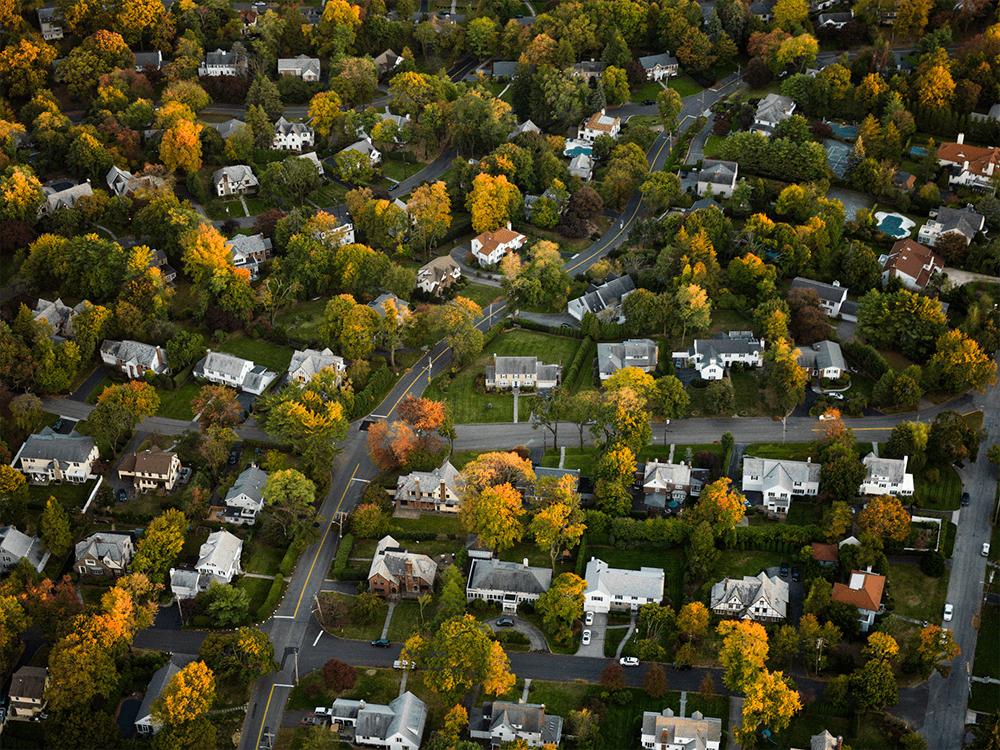Housing and health go hand-in-hand. An affordable, safe and permanent home is essential to good health. A new series from the National League of Cities, Housing is Health, will dive into the nature of the challenge cities are facing today when it comes to ensuring the health and safety of residents. From offering reopening and recovery approaches for addressing homelessness and housing insecurity to sharing considerations of housing quality and hazards, this series of blogs and webinars will explore and discuss key issues and considerations.
Housing instability and homelessness can negatively impact one’s physical and mental health, increase risk of trauma, and decrease the effectiveness of health care by making adherence to a treatment plan more difficult or impossible. From air quality, to access to basic necessities such as grocery stores, public transit options, healthcare and career or schooling opportunities — and even life expectancy — the location, quality and stability of housing matter to health.
The dual crisis of housing and health long predates the COVID-19 pandemic — but it has been dramatically exacerbated by it. Communities of color are particularly hard-hit, with Black people disproportionately at risk of experiencing negative health outcomes as a result of COVID-19, while also facing higher rates of housing insecurity.
Housing is Health aims to foster dialogue that considers health across housing-related policy areas, centered around health equity, and highlight best practices and lessons learned by cities and for cities.
Topics covered in this series will include:
- Homelessness & At-Risk Populations: Short- and Long-term Approaches for Cities in Light of COVID-19
- Housing, Hazards & Health: Considerations & Approaches in Light of COVID-19
- Housing & What’s Around It: Where We Live & How Well We Live After COVID-19
Homelessness & At-Risk Populations: Short- and Long-term Approaches for Cities in Light of COVID-19
The COVID-19 pandemic has exacerbated health risks for individuals experiencing homelessness and has put more Americans, especially housing insecure individuals and individuals with co-occurring health challenges, at greater risk. Survivors of domestic violence, youth and individuals with substance use, mental health challenges or justice system involvement confront additional significant barriers. Many cities have stepped up to temporarily house vulnerable residents, but face unique challenges related to budget, capacity, and public health moving forward.
Housing, Hazards & Health: Considerations & Approaches in Light of COVID-19
All communities, and particularly vulnerable children, need healthy and hazard-free housing in order to thrive and reach their full potential. In navigating the current global pandemic, the ability to ensure residents live in hazard-free homes is even more challenging. Local leaders from three municipalities examine and share how they are responding to the COVID-19 pandemic and the solutions they are employing in their local communities.
Housing & What’s Around It: Where We Live & How Well We Live After COVID-19
The COVID-19 pandemic reinforces the reality that housing and where we live are pillars of everyday wellbeing. In navigating recovery strategies, addressing the root causes of poor health will aid cities in achieving positive long-term health outcomes for all residents. Cities, towns, and villages must be intentional in sustaining healthy homes and communities and can do so by prioritizing interconnected factors within their comprehensive strategies.
